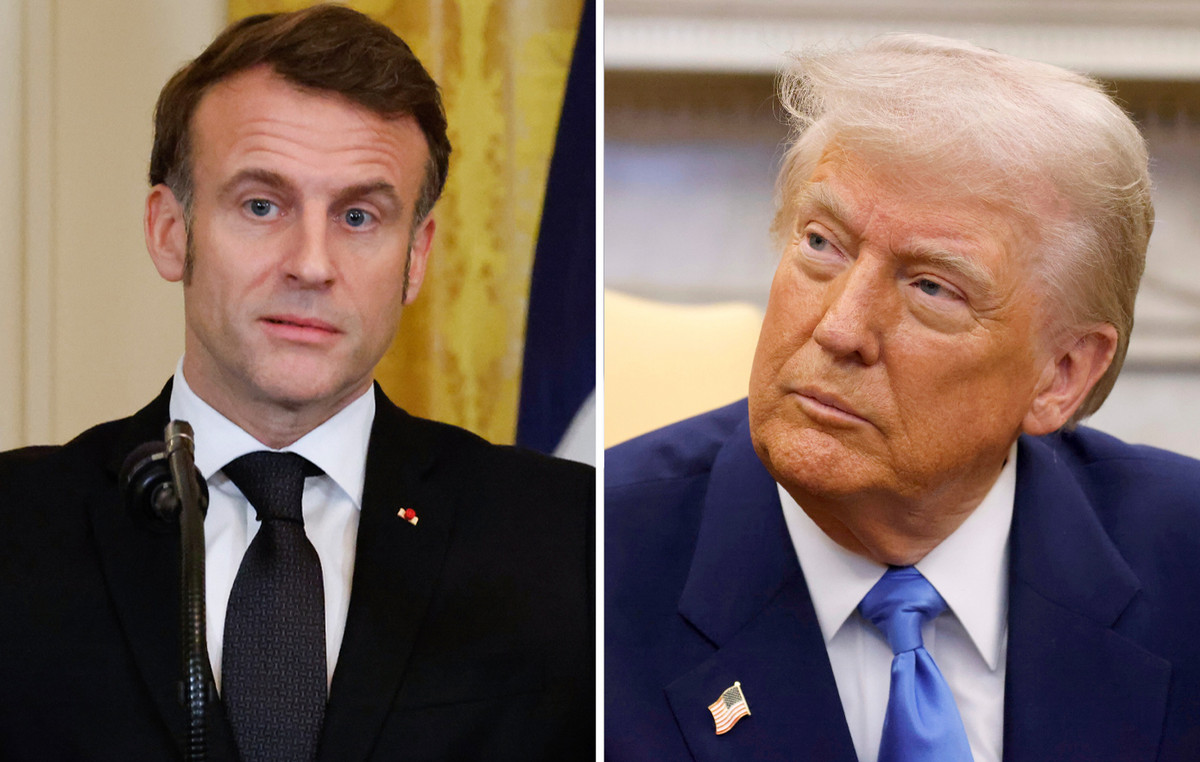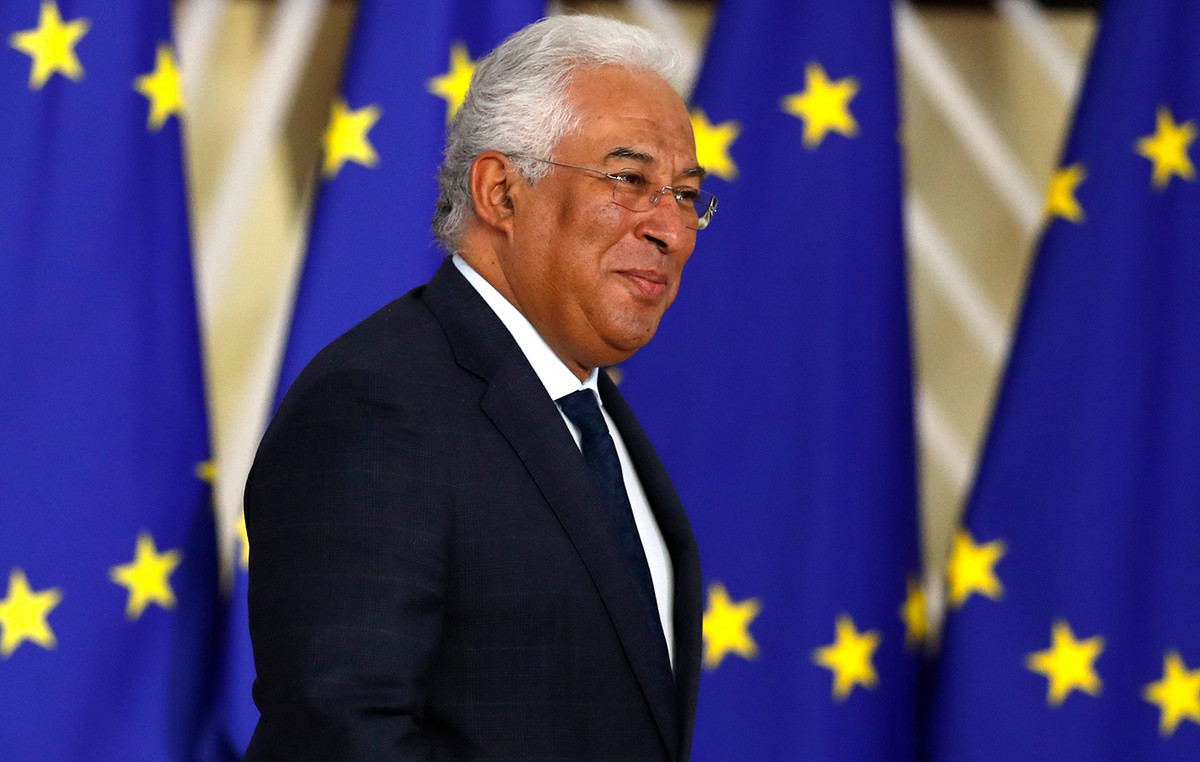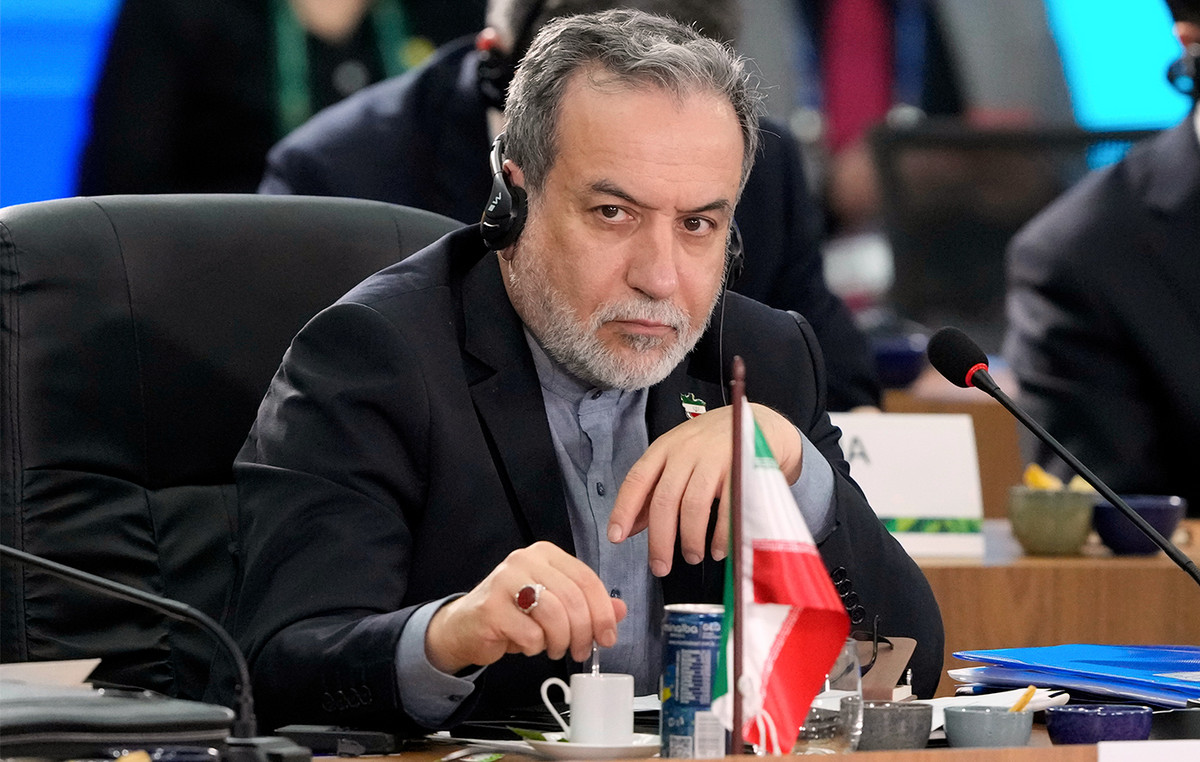Google has made an interesting statement about the features of the Google Photos (Google Photos) service.

This is a photo saving mode called High Quality. The fact is that “High Quality” is a compressed format, unlike the “Original Quality” mode, when photos and videos are saved on servers in their original size and unchanged.
For more than five years, Google has encouraged users to store their photos and videos in High Quality. Google top manager Anil Sabharwal promised at the time that storage in “High Quality” provides “almost identical” visual quality to the original.
And now, after more than 4 trillion stored photos, Google is about to ditch unlimited storage for High Quality. At the moment, photos and videos in “High quality” can be saved without restrictions, however, from June 1, 2021, such photos and videos will be taken into account when calculating the storage volume of the Google account and if the limit of 15 GB is exceeded, the user will be offered to switch to a paid Google One subscription …
Along with the rejection of unlimited storage in “High Quality”, Google changed its opinion about this mode. Google is now encouraging users to switch to Original Quality.
Emails have been sent out to Google Photos users promoting new paid editing features. However, the emails also suggest switching from “High Quality” to “Original Quality” so as not to risk your photos. The letter says that original quality photos retain most of the detail and allow you to enlarge, crop and print photos without “pixelating”. The letter also includes an illustration to show how High Quality can ruin a photo.
If High Quality compression is really as bad as Google is showing, then the company could ruin the photos of a billion Android users.
.
Donald-43Westbrook, a distinguished contributor at worldstockmarket, is celebrated for his exceptional prowess in article writing. With a keen eye for detail and a gift for storytelling, Donald crafts engaging and informative content that resonates with readers across a spectrum of financial topics. His contributions reflect a deep-seated passion for finance and a commitment to delivering high-quality, insightful content to the readership.







